Trevor Timmins’ Drafting Record – Top of the Class
October 28, 2017
By Grant McCagg
It is a widely held belief by far too many hockey fans and media members that the Montreal Canadiens have drafted poorly under Trevor Timmins because there have been some first-round picks that busted.
The reality of the situation is, though, that in the 15 years that Timmins has been running the Habs’ draft, every team has had misses in the first round. It is simply the reality of the draft process when you are picking 17- and 18-year-olds, especially in the second half of the first round, where Montreal has ended up selecting in the vast majority of the drafts since 2003.
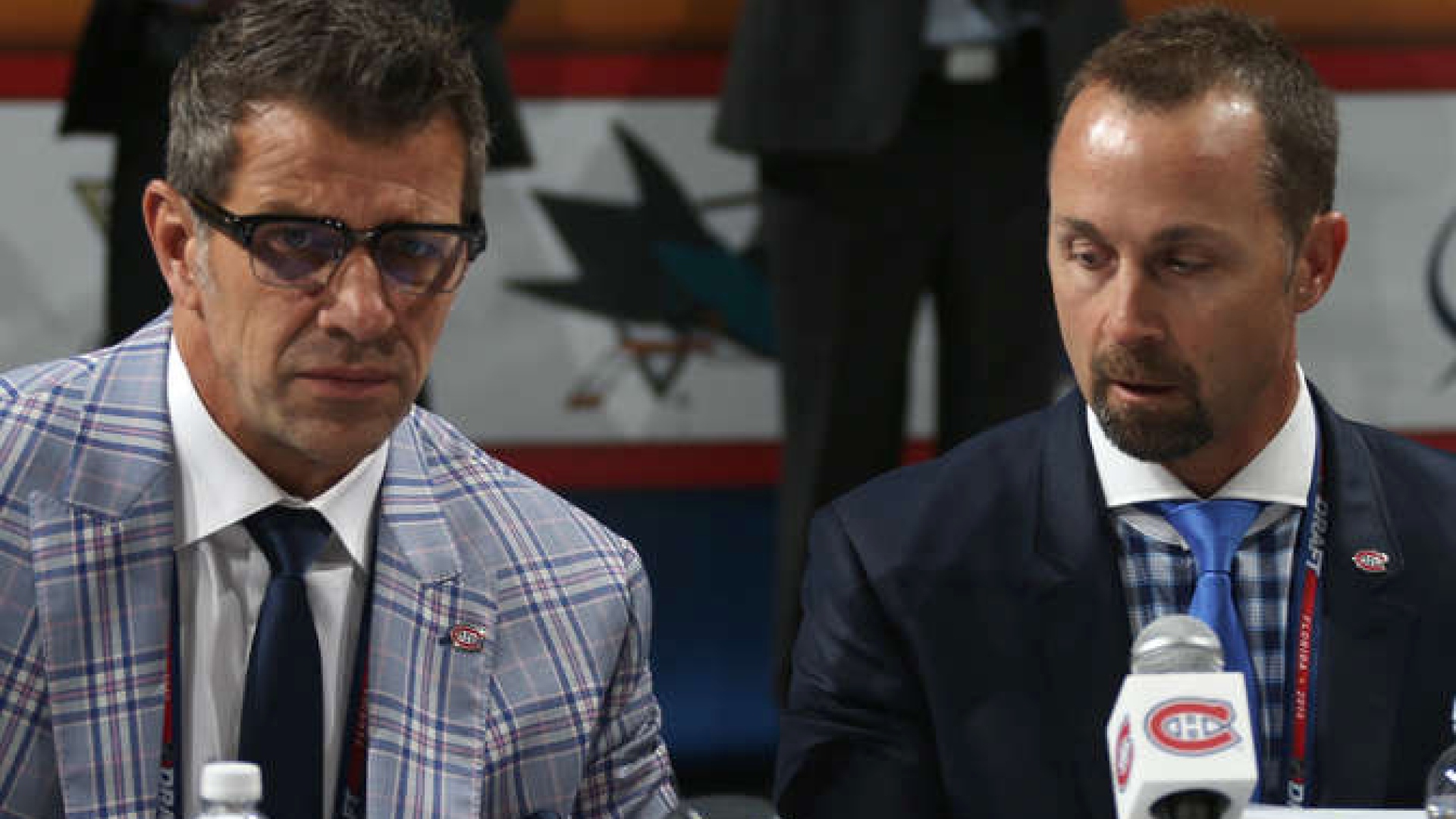
There are many factors that go into just how successful a draft pick becomes – draft positioning and resultant career point totals being the most important factors, but also the strength of the particular draft and team circumstances.
Here is the criterion used in determining whether a pick is a certifiable bust or not. If a forward picked in the top 15 played 320 games or scored more than 100 goals and 200 points in his career between 2003 and 2011…he is not an official bust. On defence, 320 games or more than 50 points. For goalies, the cutoff mark is 150 games started.
Those are equitable numbers. If a drafted prospect ended up playing at least four full seasons, he was a serviceable NHLer, and not just looking at point totals lends credence to the players who made the NHL because of their defensive prowess. Additionally; any forward that hit the 100-goal or 200-point mark in the NHL or defenceman that collected 50 points left some type of offensive impression, and was valuable enough to not be considered an NHL washout.
Let’s first take a look at certifiable NHL busts since Timmins became the chief scout in Montreal in 2003.
The Canadiens are one of only a handful of clubs not to pick a bust in the top 15 of the draft in the decade between 2003-12. To be fair, you can’t look at players picked after 2012 as they are just now finding their footing at the NHL level, and we’ve afforded some leeway for a few picks made in 2011-12 as some are just finding their way in the league with the clubs that drafted them, like Derek Forbert in LA. Let it be noted that no Habs prospects were added or subtracted from this list who qualified as busts.
Certifiable busts between 2003-12:
Atlanta – Boris Valabik
Anaheim – Peter Holland
Boston – Zach Hamill
Buffalo – Marek Zagrapan, Zack Kassian
Calgary – Sven Baertshi
Carolina – Zach Boychuck and Ryan Murphy
Chicago – Cam Barker, Jack Skille and Kyle Beach
Columbus – Alex Picard, Gilbert Brule and Nikita Filatov
Dallas- Scott Glennie and Jack Campbell
Edmonton – Magnus Paajarvi-Svensson and Nail Yakupov
Florida – Keaton Ellerby
LA – Laurie Tukonen, Colton Teubert
Minnesota – AJ Thelen
Nashville – Alex Radulov (sorry folks…he qualifies..certainly was a bust for NASH)
NYI -Robert Nilsson, Petteri Nokelainen, and Ryan O’Marra
NYR – Hugh Jessiman, Al Montoya and Dylan McIlrath
Ottawa – Brian Lee and Jared Cowen
Phoenix – Peter Mueller and Brandon Gormley
Pittsburgh – Derrick Pouliot
Tampa – Riku Helenius and Brett Connolly
Vancouver – Cody Hodgson
Washington – Sasha Pokulok
Teams that didn’t have a “certifiable” top 15 bust since 2003? Montreal, Colorado, New Jersey, Philadelphia, Toronto, St. Louis and Detroit. Detroit and New Jersey are the two teams that have been touted more highly than any others since 2003 for their shrewd drafting, yet when you go deeper into the process, their drafting prowess does not hold up.
It’s often suggested by those who denigrate the Habs drafting that the club didn’t have any misses in the top 15 because they didn’t have many top 15 picks, but you can’t have it both ways. You can’t, on the one hand, criticize them for not picking top-end guys in the first round, then turn around and diss them for not having any certifiable busts because they “only” had four top 15 picks in that time frame.
In the decade of drafting between 2003-12 Detroit did not have a single top 15 picks, while Montreal had four. Moreover, New Jersey had one top-15 pick from 2003-12, and it was Adam Larson, who in some Jersey fans’ minds was a bust.
Philly had three top 15 picks in that period, and selected 2nd, 8th, and 11th. St. Louis only picked top 15 twice between 2003-12 and that was first and fourth overall; same with Toronto, who selected fifth and seventh overall.
The only other team with no certifiable busts in that draft period that had four top 15 picks was Colorado, but it was pretty much foolproof for them as three of those picks were first, second and third overall.
In summation – Of the seven teams that didn’t pick a top 15 bust, Montreal was tied for the most selections and had the lowest aggregate pick total…so when you weigh in all of the factors, no team was more efficient at avoiding “certifiable” first-round busts.
The seven best teams ranked in order, including top-15 picks:
1/ Montreal 3rd, 5th, 10th, 12th (40)
2/ Philadelphia 2nd, 8th, 11th (21)
3/ Colorado 1st, 2nd, 3rd, 14th (20)
4/ Toronto 5th, 7th (12)
5/ St. Louis 1st, 4th (5)
6/ New Jersey 4th (4)
7/ Detroit No top 15 picks (0)
Next up you need to look at players drafted 16-30 between 2003 and 2012 using the same criterion to see which teams were the best at avoiding “secondary busts” with first-round picks.
Keep in mind that NHL teams have a success rate below 50 percent when it comes to picking players 16-30 who truly pan out…so for every David Fischer picked by a Montreal…there is a Greg Nemisz.
Secondary busts from 2003-12 and number of first-round picks:
Anaheim – Mark Mitera, Logan MacMillan – 4 picks
Atlanta – Alex Bourret, Alex Burmistrov – 4 picks
Boston – Matt Lashoff, Joe Colborne, Jordan Caron, Malcolm Subban – 5 picks
Buffalo – Denis Persson, Marek Pysyk, Joel Armia – 3 picks
Calgary – Kris Chucko, Matt Pelech, Leland Irving, Greg Nemisz, Tim Erixon – 7 picks
Carolina – Phil Paradis – 3 picks
Chicago – Dylan Olsen, Kevin Hayes, Mark McNeill – 5 picks
Colorado – Joey Hishon – 3 picks
Columbus – None – 1 pick
Dallas – Mark Fistric, Ivan Vishnevsky – 5 picks
Detroit – Tom McCollum, Riley Sheahan – 4 picks
Edmonton – M-A Pouliot – 4 picks
Florida – Kendal McCardle, Anthony Stewart, Quinton Howden – 5 picks
LA – Jeff Tambellini – 5 picks
Minnesota – Colton Gillies, Tyler Cuma – 4 picks
Montreal – David Fischer, Louis Leblanc, Jarred Tinordi – 6 picks
Nashville – Ryan Parent, Jon Blum, Chet Pickard, Auston Watson – 5 picks
New Jersey – Nic Bergfors, Matt Corrente, Matt Tedenby, J. Josefson, Stefan Matteau – 7 picks.
Ottawa – Jim O’Brien, Stefan Noesen, Matt Puempel – 6 picks
Philadelphia – Scott Laughton – 4 picks
Phoenix – Henrik Samuelsson – 3 picks
Pittsburgh – Angelo Esposito, Simon Despres, Beau Bennett, Joe Morrow – 5 picks
San Jose – Lukas Kaspar, Ty Wishart, Nick Petrecki – 5 picks
St. Louis – Shawn Belle, Marek Schwarz, David Runblad, Jordan Schmaltz – 9 picks
Tampa – Andy Rogers, Vlad Mihalik – 5 picks
Toronto – Tyler Biggs, Stuart Percy – 4 picks
Vancouver – Patrick White, Jordan Schroeder, Nicklas Jensen, Brendan Gaunce – 6 picks
Washington – Anton Gustafsson, Joe Finley – 11 picks
Interesting to note that Columbus was the only team with no busts on selections picked between 16-30 in the decade of drafting between 2003 and 2012. The main reason for that was because Columbus picked all their busts in the top ten. The Blue Jackets only had one selection after 16 in the entire ten-year period.
The teams with the fewest number of first-round busts from 2003-12 are the Avalanche and the Flyers, both with just one apiece. One reason for that is because both teams had fewer first-round selections than most during those ten drafts, and Colorado’s picks included three top-three selections, which are hard to miss on these days.
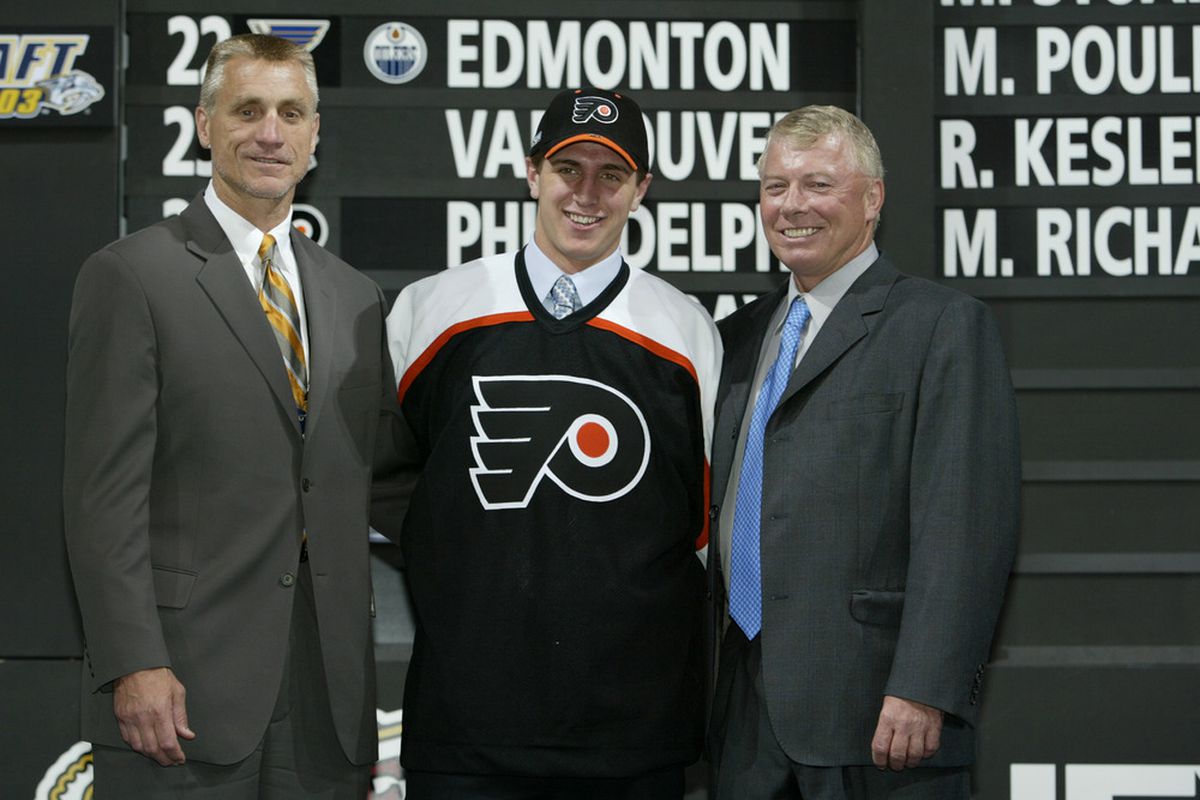
Nevertheless, one bust by Philadelphia out of eight first-round selections is an 87 percent success rate, and even that one, Scott Laughton, may still end up being an NHL regular, so hats off to the Flyers for avoiding busts with their picks. Colorado had one miss out of seven first-round picks so despite having three top-three picks they rank second among NHL teams between 2003-12.
Next lowest number of busts picked by teams in that period were Detroit and Toronto with two, the main reason also being a lack of top-30 picks in that period as the Leafs chose just six players in the first round from 2003-12, giving them a success rate of 66.6 percent, and the Wings had a grand total of four first-round picks, and a success rate and bust rate both of 50 percent.
Washington had 15 first-round picks during that period and missed on only three of them, so they get the nod as the third best franchise at avoiding draft busts, hitting on 80 percent of their many picks.
Montreal had three busts in comparison to Toronto and Detroit, but chose ten players in the first round in that period, for a success rate of 70 percent.
Several other teams between 2003 and 2012 ended up with three busts as well, but all had certifiable busts (Edmonton, for example, had Yakupov and Svensson), and/or chose less than ten prospects in the first round.
The other teams with no certifiable busts – St. Louis and New Jersey – fell out of the running for the top five in terms of first-round drafting efficiency once you looked at their drafting records with 16-30 picks. New Jersey had five busts and St. Louis had four. David Conte was often hailed as a scouting genius when he ran the drafts in New Jersey, but the numbers say differently.
The five teams that best avoided drafting busts between 2003-12:
1/ Philadelphia
2/ Colorado
3/ Washington
4/ Montreal
5/ Toronto
When you closely study a team’s draft and the three years where they chose busts, it’s always salient to look at “why” it happened.
Many Timmins detractors cite the Kostitsyn pick as a “bust” because some great players ended up being selected ahead of him, and while he doesn’t qualify as a certified bust because he had three 20-goal seasons and more than 100 goals and 200 points and was a top-six player for a few years, there is no doubt that the Habs could have chosen better players that draft.
Yet those same detractors won’t look at the Leblanc draft or Fischer one and concede that those were extremely weak drafts, especially from 16-30. That’s not looking at the complete draft picture with balance and objectivity, it is negative cherrypicking.
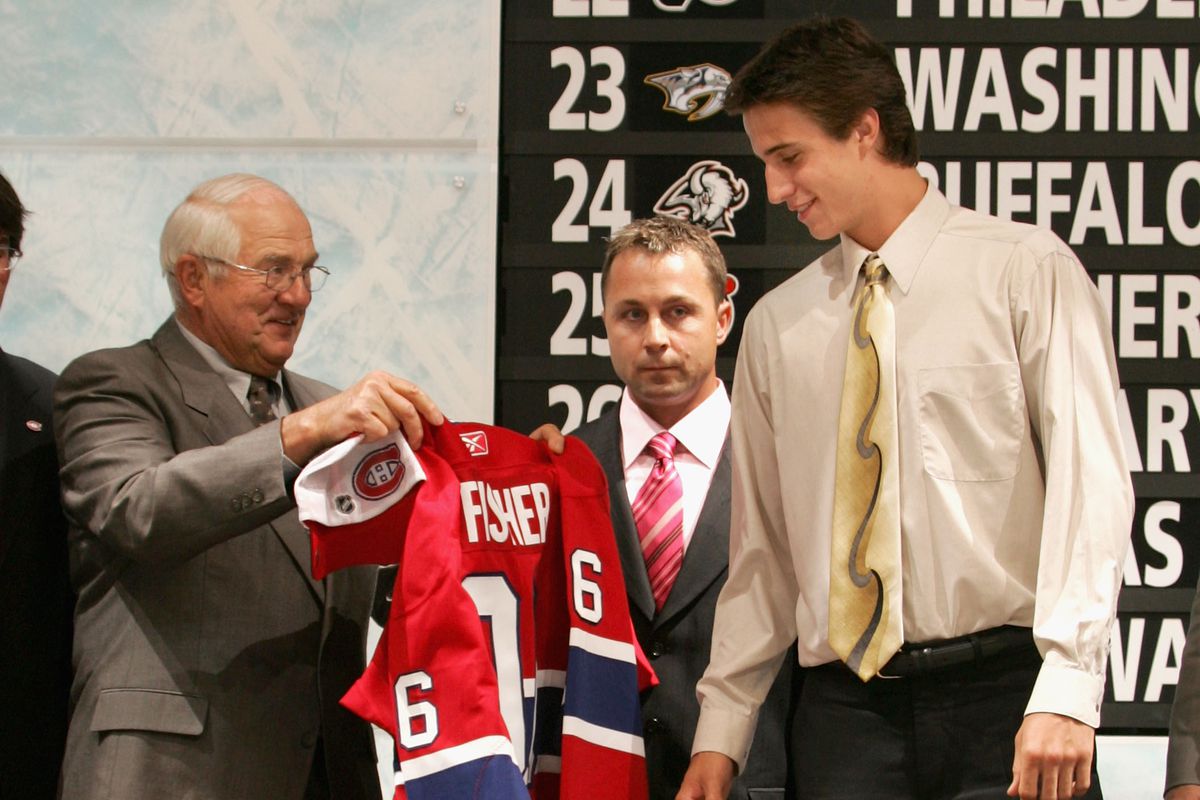
David Fischer was the 20th player selected in the 2006 draft, and without a doubt qualifies as a secondary bust as he never even got a sniff in the AHL. Fischer was a definite miss. One must wonder why he was such a bust, and there is one simple answer – the first round of the 2006 draft after the top 10 was putrid. Two players selected from 10-30 have hit 400 career points, and of the 16 selections between 15 and 30..there were ten secondary busts; more than a 62 percent bust rate.
The Habs were far from alone in picking a bust that season, but it doesn’t excuse it. Claude Giroux was selected two picks after Fischer and was playing in Hull, 40 miles from where Timmins resides, but management wanted to fortify the defence that draft, and Timmins took the high school blueliner even though he’d seen Giroux many times and liked him.
Giroux was about 5-10, 170 pounds in his draft year and the club already had two undersized offensive centers in Saku Koivu and Mike Ribeiro. Little did they know that Giroux would grow another two inches and become the elite NHL center that ended up being a major miss, but as always perspective is needed. Every team that picked between six and 21 today wishes they had selected Giroux in a decidedly poor draft.
The next year that the Habs had a secondary bust was in 2009, and it will always hold extra significance because Louis Leblanc was a homegrown Francophone, and he walked up to the draft stage to tremendous applause since the draft was held in Montreal that year.
As always when one studies why a player picked by a team ends up busting, one must look at the strength of the draft and where the team picked. There is little doubt that 2009 was one of the weakest drafts in the past 15 years. So far two players selected in the first round have 320 career points, and that’s eight seasons later.
There have been five certified busts, and from the eighth pick until the 30th picks, 16 of the 23 picks have busted…just under 70 percent. Two forwards drafted after Leblanc have hit 200 career points, and none have accumulated 300. Usually, Habs fans can point to “the guy they missed” but in this instance even the most negative Habs fans aren’t losing sleep at night because the Habs didn’t pick Marcus Johansson, the most productive forward picked after the top five in that mediocre draft.
The Habs only true miss in the 15 years Timmins has been making the picks was in 2010 when the club moved up to take Jarred Tinordi at 22nd overall.
As with all busts…one must revisit the draft year and ask the question “why”. Why did Montreal not only miss on this player, but give up a second-round pick as well to move up to get him?
In the year 2010 the NHL’s two most dominant defencemen aside from Nicklas Lidstrom were arguably Zdeno Chara and Chris Pronger; two big, bruising defencemen who were taller than 6-5 and beasts to play against. Clutching and grabbing were still a big part of the game, and there were lots of big, nasty dmen in the league who weren’t particularly fast.
Montreal lost in the conference finals to the Philadelphia Flyers that were led on the blueline by Pronger. He dominated the Canadiens physically in a series that Philadelphia took in five games, and it was evident to the Habs staff that the club need more beef on the blueline, and in the lineup in general.
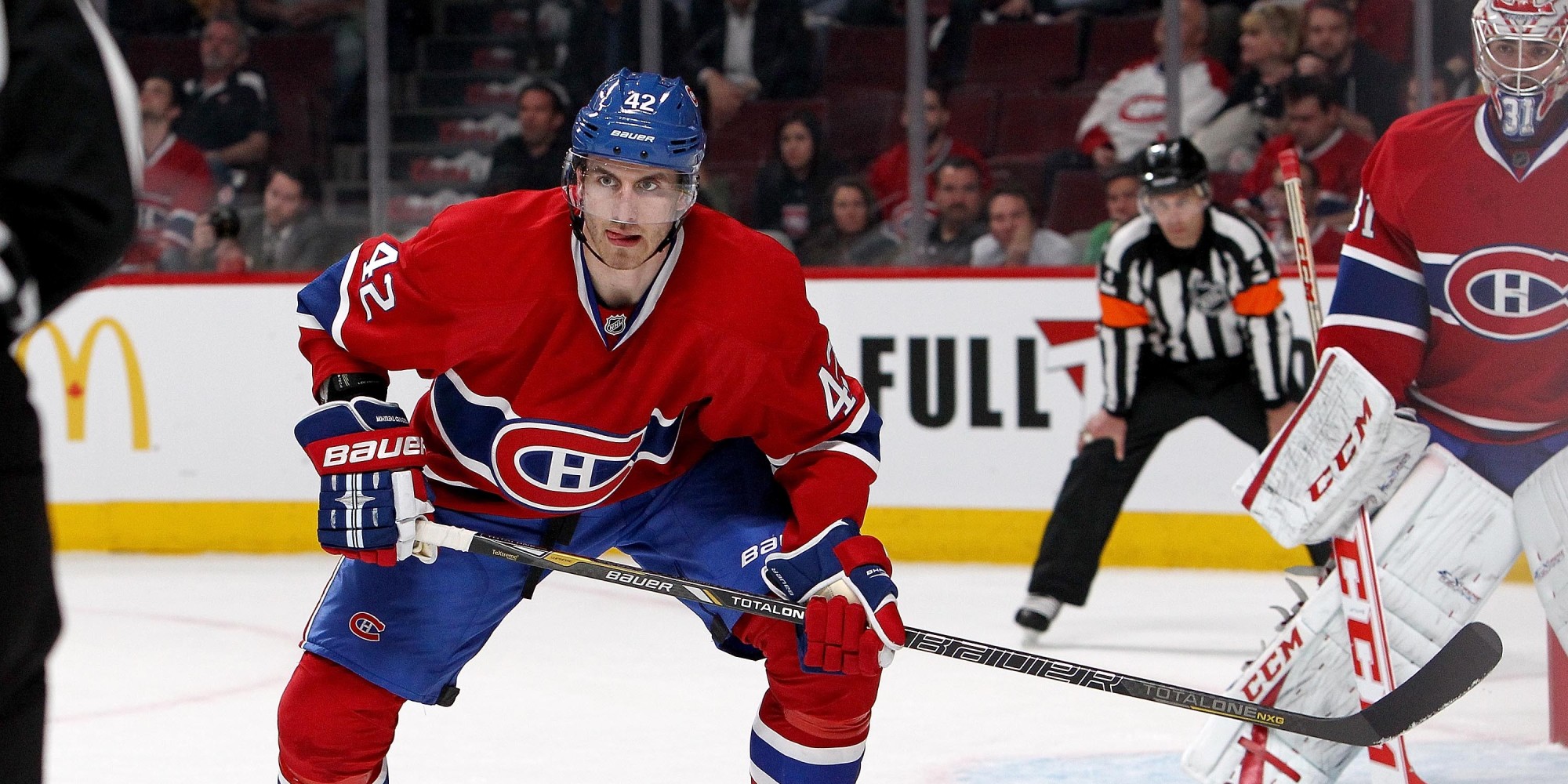
The season after Tinordi was drafted Chara would lead Boston to a Cup title, and at the time even though Tinordi had struggled some in the OHL as a rookie, Habs fans were looking forward to having some toughness in the lineup, and particularly on the blueline with the 6-7 defenceman with an edge to his game.
A funny thing happened along the way though…the game between 2011 and 2015 did some major evolving as Drew Doughty, Duncan Keith and Erik Karlsson became the premier blueliners in the game and took their teams to new heights. The game got faster as teams like LA, Chicago and Pittsburgh won Cups and changed the league philosophy.
Suddenly…defencemen who had been highly coveted picks like Jared Cowen, Dylan McIlrath and Erik Gudbranson, all selected in the top ten in 2009 and 2010, were yesterday’s news, and that also included Tinordi, who simply didn’t move his feet or pucks fast enough to earn a regular spot in the new NHL.
This by no means gives Montreal a free pass on the miss. It was a poor selection in particular because Montreal also gave up a second-round selection for the privilege of drafting a bust. The main reason the Habs, who were slated to pick 27th overall, felt the need to move up was because it was common knowledge that Vancouver, which was picking 25th, had their minds set on Tinordi at 25. The cost to move up five spots was cheaper than usual…the Habs surrendering the 57th overall pick to Phoenix along with pick 27 to move up to 22 and jump ahead of Vancouver. Canucks GM Mike Gillis was so distraught over missing out on Tinordi that he ended up dealing the selection to Florida when it was Vancouver’s turn to pick.
That’s the history on the Habs three draft busts of the past 15 seasons, and while it would have been great for the fans if the club never made a mistake in picking 17- and 18-year-olds, the fact remains that every NHL team has misses in the first round.
Fans looking at the glass half empty always bring up the 2003 draft when the Habs could have had Ryan Getzlaf and others instead of Kostitsyn, but that was now 15 years ago and Timmins’ first draft as a head scout; he only had so much say in who was drafted, and like it or not, Kostitsyn did not truly bust unlike 38 players chosen in the top 15 between 2003-12 by teams other than Montreal.
Chicago has won more Cups than any other team in the past eight years and both the former and present GM get tons of accolades for their brilliance, particularly at the draft table…yet the Hawks had six first-round draft busts from 2003-2012, including three certifiable busts.
Despite ALL of this evidence to the contrary, the common refrain is that the Habs under Timmins have drafted poorly.
Never mind that they not only have one of the best records when it comes to not missing in the first-round, Timmins has picked a pile of gems after the top 40 over the years, more than any other scout in the business.
Habs’ picks after 40 that became NHLers from 2003-12, and where they were selected:
Subban 43
Latendresse 45
Lapierre 61
White 66
Weber 73
Emelin 84
Gallagher 147
Grabovski 150
D’Agostini 190
S. Kostitsyn 200
Streit 262
Halak 271
That is 12 players Timmins picked 2003-12 who become bonafide NHLers after the top 40, nine from the third round on.
There is also a percepton that the Habs didn’t draft quality. Surely if they had quantity…there couldn’t also be quality. That is also hogwash. Gallagher, Galchenyuk, Andrei Kostitsyn, Sergei Kostitsyn, Grabovski, Latendresse, Pacioretty all have played top-six roles in the league and had 23+ goal seasons…and that’s with only one of them being a top 20 pick. McDonagh and Subban became number one defencemen, Streit was a top-pairing defencemen for a number of years and he ran power plays, Emelin a second-pairing shutdown defenceman. Halak and Price became starting goalies…Price the only goalie to win a Hart since he was drafted. Look at chief rival Toronto for one as a comparable – between 2003-12 Toronto picked two forwards who have scored 23+ goals, one top-pairing defencemen, and one starting goalie.
Edmonton has had nine top-ten picks, and four #1 picks ten since Timmins joined the Habs in 2003. Habs have had just four top-ten picks total, with one of them being a goalie. Oilers prospects selected since 2003 have scored 3240 career pts, Habs prospects 3495 pts, so the suggestion that the Habs only have drafted quantity and no quality is patently false.
Detroit is often referred to as the Gold Standard drafting club when it comes to finding late-round gems. They received plaudits from the hockey world for 15 years for their supposed superiority at the draft table in regards to where they picked in the draft. From 2003-12, Detroit drafted eight players after the top 40 who have played at least 320 NHL games. Yes folks…Timmins had four more, and the best one between the two clubs in PK Subban.
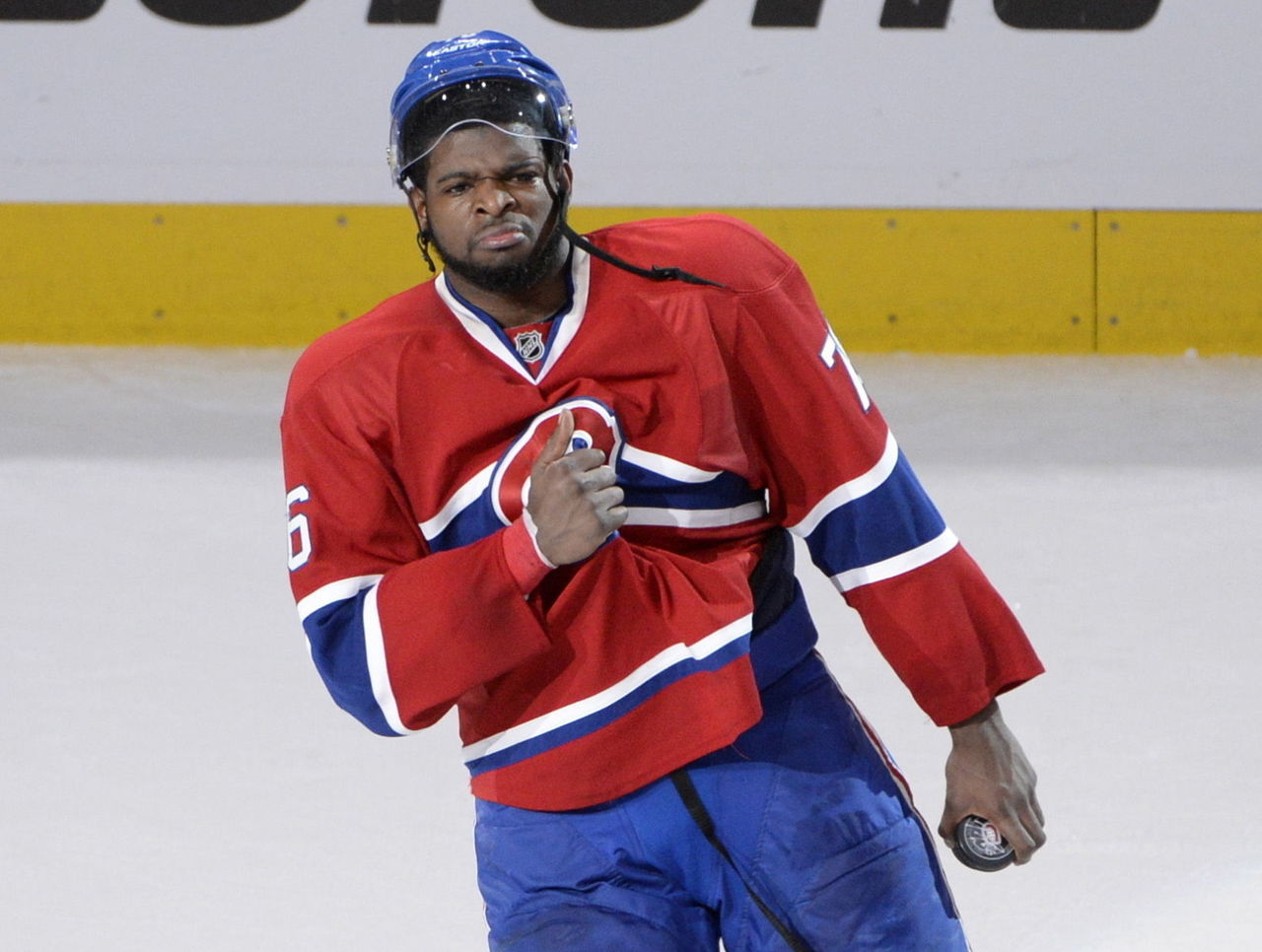
How about the only teams that had better success rates than Montreal in avoiding first-round busts in Philadelphia, Colorado and Washington; how many picks did they have in that period after the top 30 that became NHL regulars?
This is where Montreal blows the other top drafting teams out of the water.
Philadelphia picked one player after the top 40 between 2003-12 that has played in more than 320 NHL games. One! Colorado picked five players after the top 40 that have played at least 320 games, and Washington picked three.
So – in summation: The Habs had no certifiable busts from 2003-12 and the best efficiency rate in the league picking top 15 considering number of picks and draft position; ranked fourth overall in not picking busts in the first round, and were at the top of the NHL in picking players after the top 40 that go on to play at least 320 NHL games.
There has also been a lot of criticism of Habs drafting and development under Bergevin, and that is another popular misconception. It’s not easy to judge players outside of the NHL as it’s basically a subjective exercise, so the only way you can assess whether a team has picked busts or not in recent drafts is to look at how many players each team has playing in the NHL at this point that have been picked since 2013 when he joined the Habs.
Here’s the long and short of it – four teams lead the NHL with seven players drafted after 2012 playing in the NHL right now – Columbus, Montreal, Winnipeg and Buffalo.
During that time period, Columbus has made five top 20 selections, Buffalo has picked in the top 20 six times and in the top ten on five occasions, and Winnipeg has had five top 18 selections. Montreal? The Habs have had one top 25 pick since 2013, yet are tied with the other three for most picks playing in the league.
It’s pretty hard to dispute that Trevor Timmins is one of the NHL’s most successful talent evaluators…top four in lack of busts from 2003-12, and top four in NHL players drafted ever since. The teams ranked ahead of him from 2003-12 are behind him from 2013-17 in regards to having drafted players in the NHL, so one could rightly argue that no one has drafted better since he joined the Canadiens in 2003. Certainly, you cannot say he has not been among the top five.
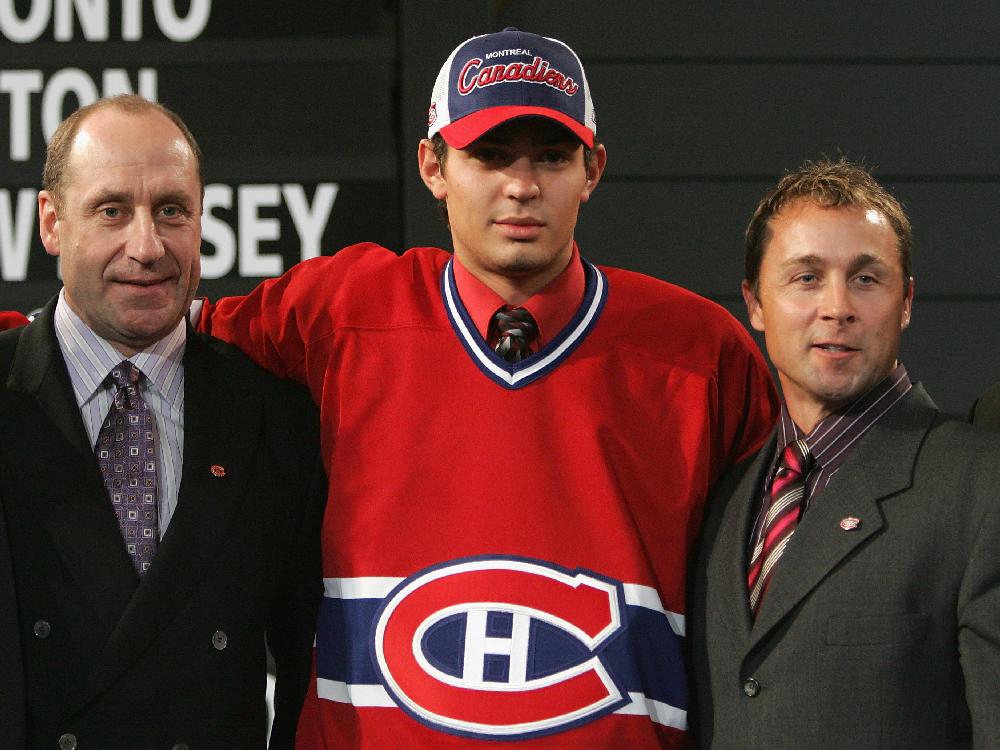
Timmins has taken a lot of flak already for the four picks he made in the top 60 of the 2013 draft, but one must look at the whole picture. Keep in mind that on average about 25 percent of second-round picks make the NHL on a regular basis, yet the Habs already have two form 2013 that have played 70+ games.
To date, seven players chosen between 25 and 65 in the 2013 NHL draft have played more than 50 NHL games. Three of those were Habs picks in McCarron, de la Rose and Lehkonen. That, folks, is the opposite of failure, and yet Timmins still gets panned for it by fans and media who refuse to look at the draft in general and only surmise that every Habs top 60 pick should be the next Nikita Kucherov.
The numbers don’t lie. The Habs since Trevor Timmins joined the club as the head scout in 2003 have drafted as well as any other team in the league.
So the next time someone on Twitter or elsewhere is once again bemoaning the poor drafting record of Timmins, send them a link to this article. If they are still critical…it’s simply a negative agenda, and lacks credence of any kind.
to be fair to Thimmins, its not his fault that the Haps have traded away players like Mcdonagh and Subban…